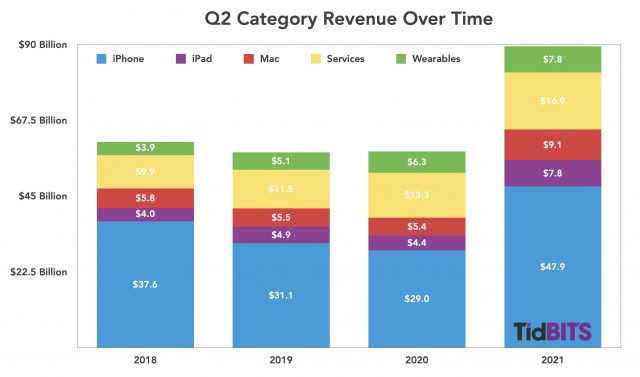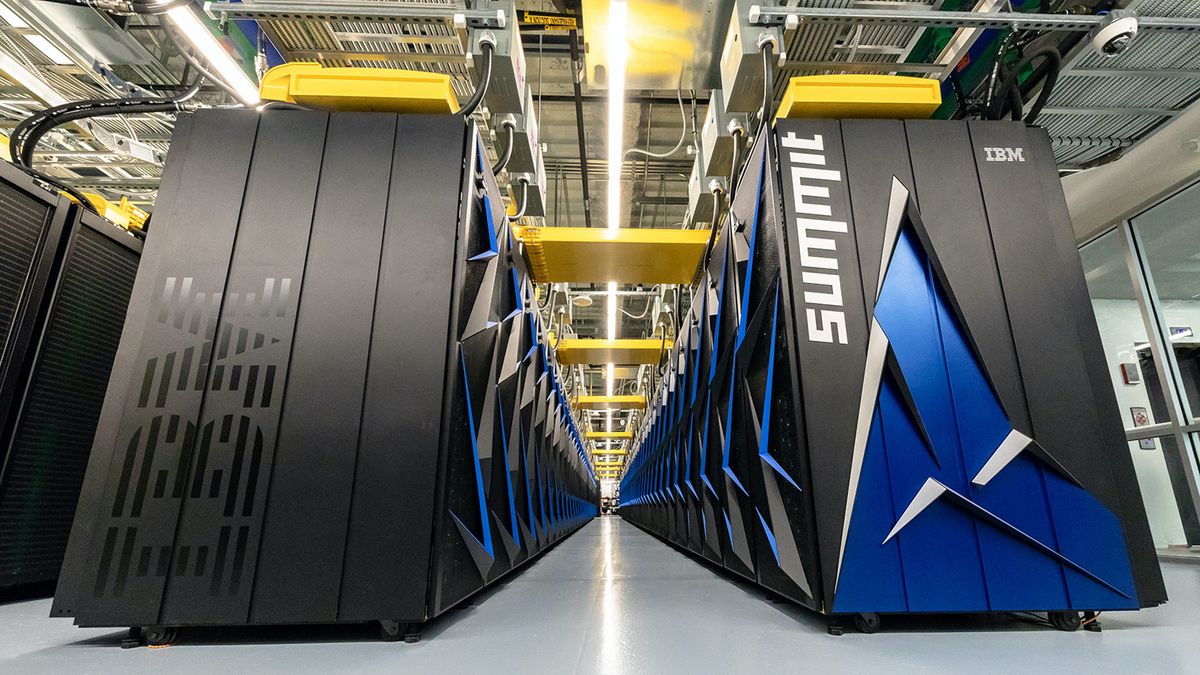
Intel Sees Path Back To Chip Process Performance Leadership
For decades, Intel leaned heavily on its manufacturing prowess as a key advantage over its various competitors like AMD, which had its own chip foundry that it spun off in 2009 and which became Globalfoundries. Its network of fabs allowed Intel to maintain control of both the design and manufacturing of its chips and more easily keep everything in line with Moore’s Law, from the earliest ideas through the eventual launch of the processors.
But as we have noted over the past several years, that manufacturing armor has been dinged, giving a growing crowd of competitors and chip-making foundries new life in a processor market that has seen Intel’s reign shaken a bit. Rivals like AMD and Arm were able to get to the 7-nanometer process level before Intel and are eyeing 5 nanometer and foundries like Taiwan Semiconductor Manufacturing Corp are growing their advanced manufacturing capabilities. Consolidation – such as Nvidia’s $40 billion bid to buy Arm and AMD’s $35 billion proposal to acquire programmable logic maker Xilinx – could mean that Intel will have much larger competitors to contend with in the near future.
Meanwhile, delays the launch of some chips – most recently the upcoming “Sapphire Rapids” Xeon SP processor – further fueled questions about whether Intel had lost its manufacturing mojo and would soon have to consider leaning more heavily on foundries to get its processors manufactured and on the market.




















